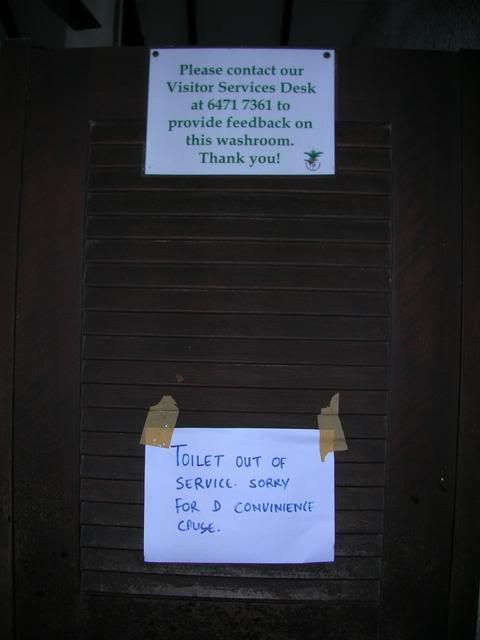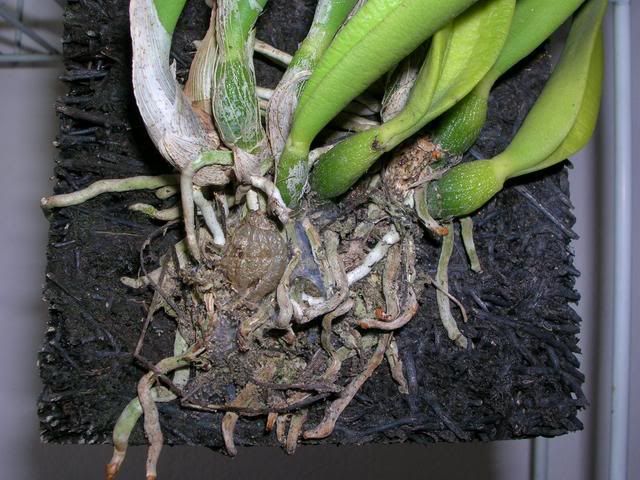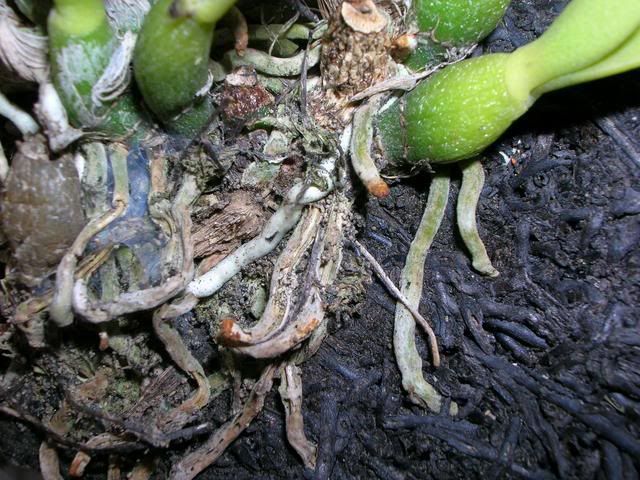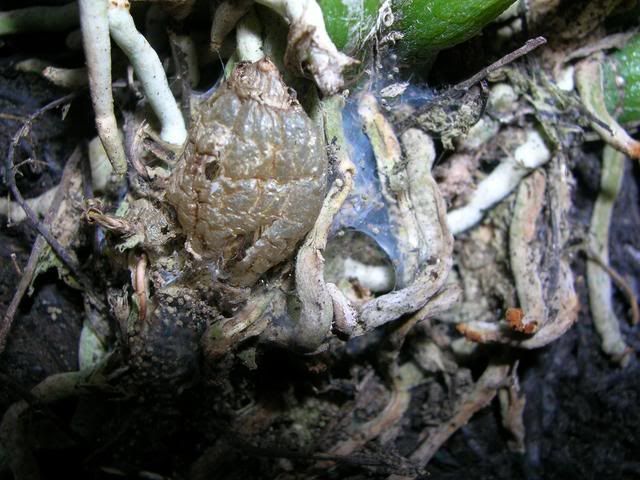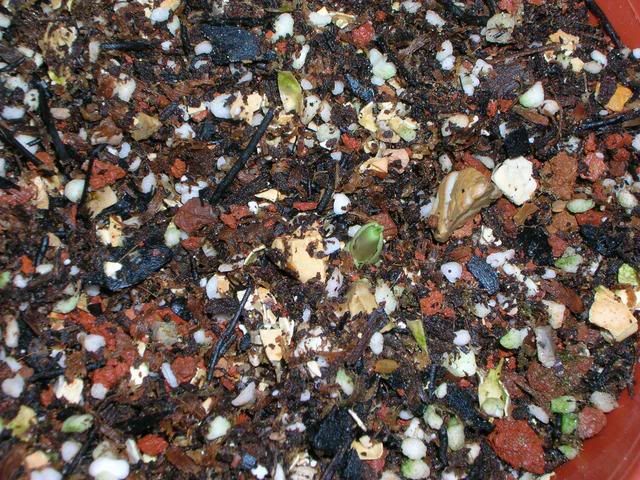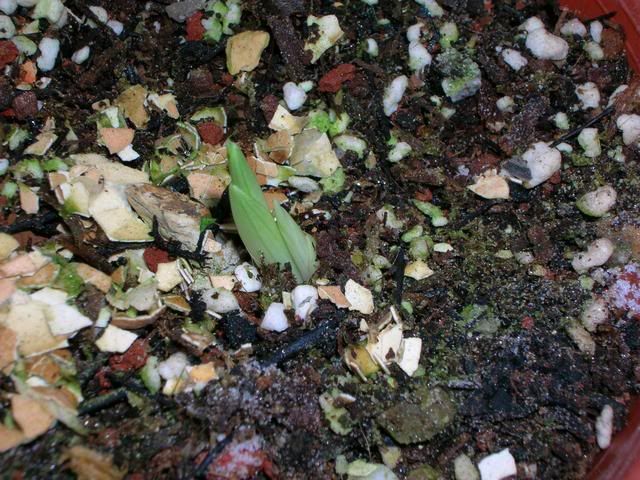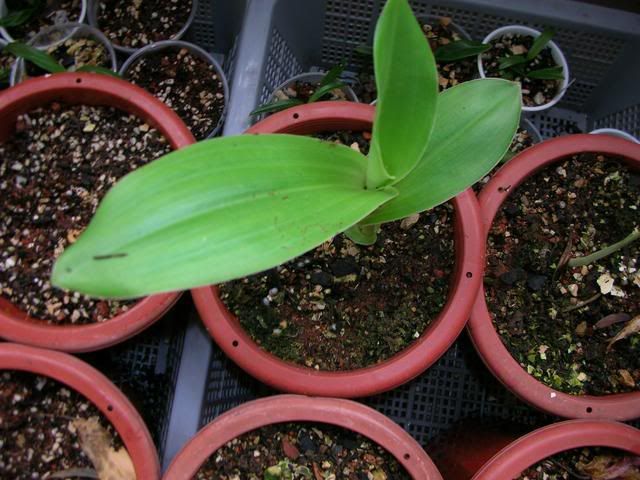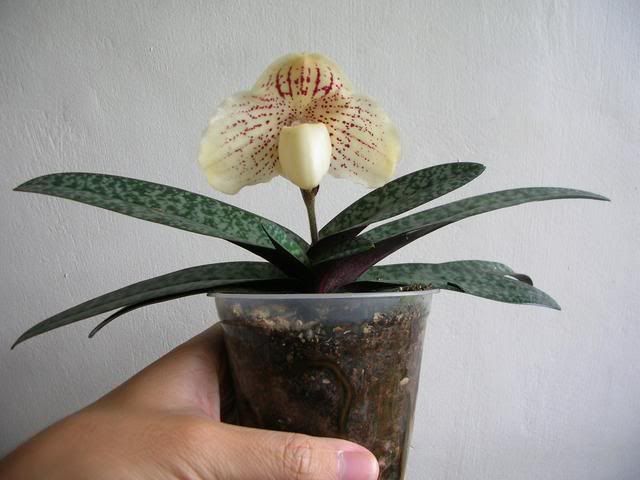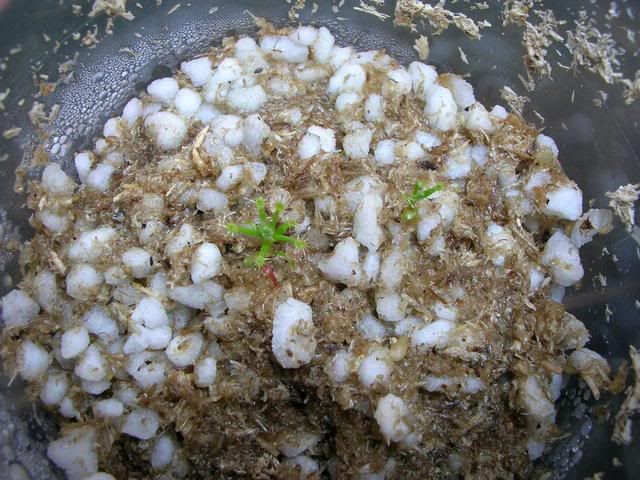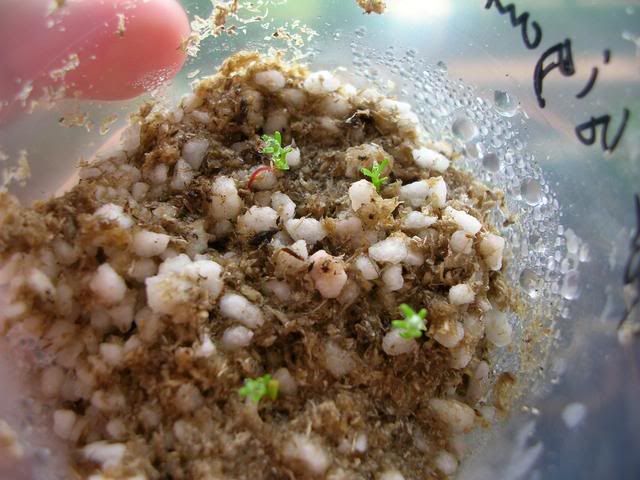Beware spike in docs' fees 5 April 2007, Straits Times
THE dumping by the Singapore Medical Association (SMA) of private doctors' consultation fee guidelines effectively deregulates the service. Deregulation works best when the market adjusts prices continually through competition. Standards are forced up and price swings reduced as more optimists join the fray. Loss-making ones drop out in a self-correcting cycle to prevent loss of quality. In Singapore, a current example of deregulation that is still to be evaluated is the taxi service. Several smallish entrants that entered the sector have not troubled market leader Comfort. Neither has Comfort dared to try a big-bang reform by raising fares steeply to turn taxis from a cheap mass service to a boutique one, to eliminate inherent deficiencies while preserving cabbies' earnings. Competition, such as it is, is not improving driver responsiveness and peak-hour reliability.
Comparing doctors with taxis is mildly insulting. Unlike cabs, one cannot pump hundreds more doctors into private health care at a stroke of an administrative pen. But the SMA and the Health Ministry will want to be sure deregulation does not do violence to competition theory, which could happen if GPs and specialists start testing patients' toleration levels by charging markedly more for visits and tests. The guidelines, which had been in force for two decades, actually acted as an implied form of price control. Doctors did not diverge far from the ranges set, although experienced ones did set their own charges based on such factors as the complexity of the patient's condition and the level of medical expertise. The guidelines could not be said to amount to price-fixing. Uncertainty led to the SMA withdrawing them, for fear they could violate competition law. What irony. Not many people at any rate knew that a fee cap existed. With the restraints off, the SMA should require clinics to post charges prominently on nameplates and at the reception to help patients choose their care.
To be fair, GPs in HDB towns, where clinics abound and undercutting is common, are less likely to raise fees. They will, as before, depend on margins for dispensing drugs. But specialists are a different, richer breed. They bear watching. Their higher overheads on account of better-trained staff and central-location rents make it harder for patients to get a fix on fair pricing. The SMA's assurance it will publish doctors' fees is welcome. More useful would be for the ministry to do its own audit with a variation of the cost information on hospitals that it posts online. This could show average charges in each suburban location, for GPs, and perhaps by specific medical suites' locations, for specialist doctors.
___________________________________________________________________
How to avoid being overcharged
5 April 2007, Straits Times
Before choosing a doctor, shop around if possible.
Both the Singapore Medical Association (SMA) and the Consumers Association of Singapore (Case) recommend that patients call a few clinics to get an idea of how much the market rate might be for a certain treatment.
Check surveys of actual charges and bill sizes for an idea of what reasonable rates are.
The Health Ministry's website has information on average bill sizes for the 70 most common hospital procedures.
By the end of this year, it will also publish on its website the average bill size of treatment for chronic conditions like diabetes, high blood pressure, high cholesterol and stroke at private clinics.
Later this year, the SMA will publish results of its survey of charges in primary care clinics.
Next year, it will make public survey results for charges for more common procedures in private specialist clinics.
Check the clinic's counter, signboards or brochures for consultation charges.
Doctors have been advised by the SMA to display them prominently.
Whenever possible, ask your doctor beforehand for the expected range of costs for consultation, tests and treatment.
The SMA has recommended that doctors conduct financial counselling with patients.
___________________________________________________________________
Think doc has overcharged you? Turning to Case only recourse now Judith Tan, 5 April 2007, Straits Times
Withdrawal of fee guidelines means patients can no longer complain to SMA
PATIENTS could be losing out, now that the Singapore Medical Association has withdrawn its guidelines for doctors' fees.
The withdrawal of the guidelines, which contravene fair competition laws introduced last year, means patients can no longer approach the SMA with complaints about overcharging.
During its annual general meeting on Sunday, the SMA voted to withdraw the guidelines, which its president Wong Chiang Yin said could be considered price fixing, 'regardless of the form it takes'.
The fee guidelines, which have been in place since 1987, were based on suggestions and feedback gathered from general practitioners and specialists.
A range of fees was given for a whole host of services, ranging from consultancy to surgery, and depending on the level of expertise, degree of difficulty, time required for treatment and whether it was an emergency procedure.
Speaking at a media briefing yesterday, Dr Wong said there will now be no point of reference for patients when it comes to how much a doctor should charge for any services.
This could have an impact on both the insurance industry and the legal profession, which could pass on added costs to consumers, he said.
'So it is with deep regrets and great reluctance that we withdrew the guide. It marks 20 years of institutional work by SMA and we are just putting it away,' he said.
SMA's fee guidelines were started in 1987 to introduce transparency into private medical fees and prevent overcharging.
The association receives an average of about 25 complaints of overpayment a year. Of these, an average of four to five patients get reimbursed by the doctors after SMA intervention.
'But the amounts are usually small - not above $100,' the SMA spokesman told The Straits Times.
Now patients who feel they have been overcharged have only one avenue open to them: the Consumers Association of Singapore (Case).
Case received 59 complaints about pricing by medical practitioners between January 2005 and December last year, but until now it has referred complaints of overcharging to the SMA, a Case spokesman said.
It is not clear if Case will now handle these complaints. Although doctors are now free to set their own fees, Dr Wong said they should create their own equivalent list of rates, which should be visible and easy to use.
However, family physicians and specialists alike told The Straits Times they will still use the SMA's defunct list as an informal guide.
Dr Prem Kumar Nair, general manager of Raffles Medical Group, said the removal of the guide 'is a surprising development, but Raffles will continue to use it as a guideline to remain consistent and transparent'.
But general practitioner Jonathan Chan said many clinics have been absorbing GST for a long time and will use the opportunity to raise prices.
'Higher fees will help them cut down on costs. But the Health Ministry will be monitoring the fees of clinics, so I think patients don't have to worry about drastic fee hikes,' he said.
Consultant obstetrician and gynaecologist Paul Tseng said he had always worked on the principle that 'our rates be displayed prominently so that patients come in with their eyes open'.
'Of course, that does not stop some from charging high too, but in time, their reputation will spread through the grapevine,' he said.
To ensure fees continue to be transparent, Dr Wong said SMA has conducted a survey among GPs on their charges.
'We are currently analysing the response and will put them up on our website. We will also survey the specialists for theirs too,' he said.
juditht@sph.com.sg ____________________________________________________________________
Although it had been stated earlier that the cost of medicine only takes up 10% I supposed that includes the chronic and acute visits as well. Now the problem although they require doctors to publish their fees, how about the cost of drug products - this is not really feasible here as doctors will be asking their clinic assistants to dispense the medicine. A compensatory mechanism may be in place for the doctor to retrieve any loss made from a low-priced consultation fee.
Although CASE had made available
pricing for chronic diseases drugs, how about acute illness for cold and cough etc? I was told that some doctors charge brand prices for generic items (true or not? I've not experienced yet - I patronise polyclinics). In such cases, the patient may be over charged on the occasion and they may just forget about it. Next time they go, they get overcharged again, then they forget then etc. It's a cycle.
I know some doctors will charge the patient an additional prescription fee on top of the consultation fees if they decide to go and get their medications in a retail pharmacy.
All patients who get their medication from a doctor's clinic may want to check the cost of their medication with a retail pharmacy to determine whether they are charged competitive prices. Do not just bring the name of the medication, bring along the drug itself as well - just in case there are dispensing errors or you are given a generic with a branded label >.<
I'm not out to flame doctors as I believe most of them are ethically bounded, I am more concerned about the patient.
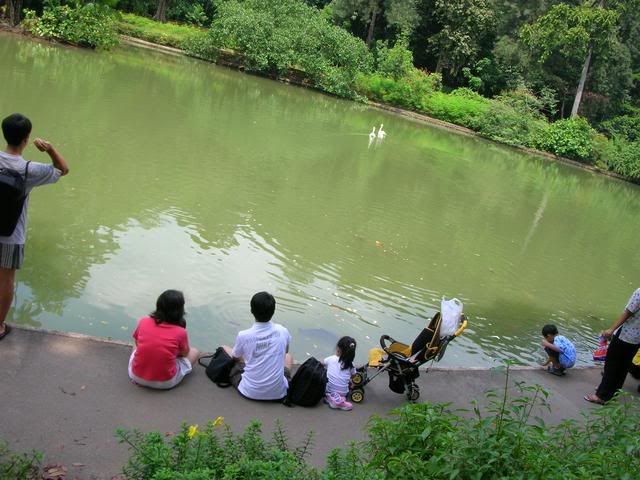
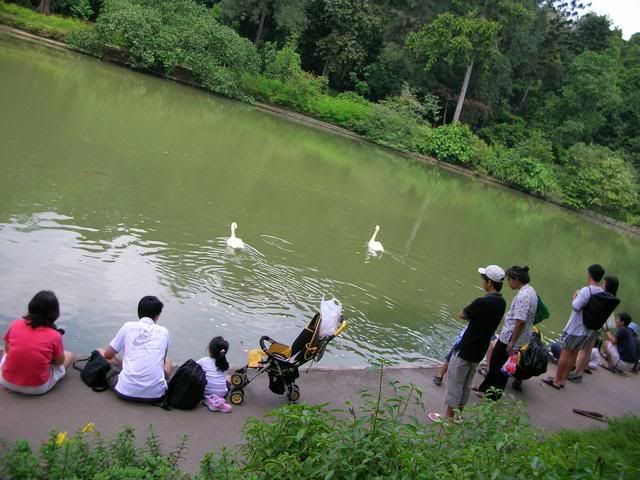

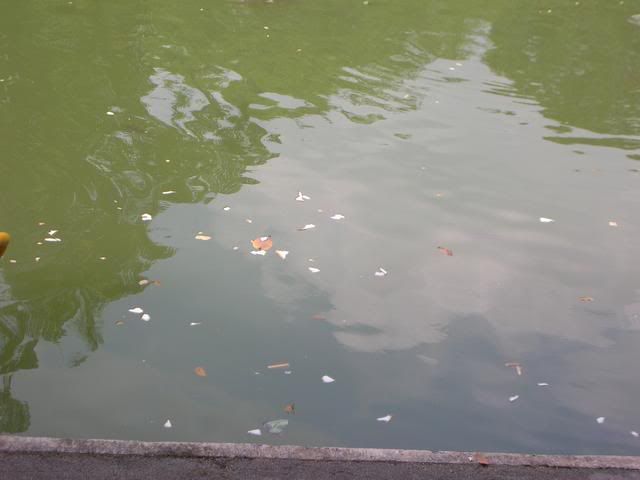
 - randomn thoughts that cross my mind.
- randomn thoughts that cross my mind.